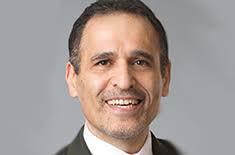
Nader Z. Pourhassan, Ph.D., is President and Chief Executive Officer of CytoDyn Inc. Dr. Pourhassan was appointed a director in September 2012 and has served as CytoDyn’s President and Chief Executive Officer since September 2012. He was the company’s Managing Director of Business Development from June 2011 to December 2012 and Chief Operating Officer from May 2008 to June 2011.
Dr. Pourhassan was responsible for identifying the opportunity with PRO 140 and instrumental in the acquisition of this asset. He has overseen the rapid clinical development of PRO 140 as a therapy for HIV from Phase II development and into Phase III trials, including the development of trial protocols and interaction with the U.S. Food and Drug Administration — FDA. He also has been involved in preclinical and clinical development of PRO 140 in additional immunological indications and cancer.
Dr. Pourhassan has led CytoDyn’s capital market activities by raising over $150 million since joining the company in 2008. He has more than 20 years of business development experience. Dr. Pourhassan received his Bachelor of Science from Utah State University in 1985, his Master of Science from Brigham Young University in 1990 and his Ph.D. in mechanical engineering from the University of Utah in 1998. Dr. Pourhassan has authored three books.
“In regard to monotherapy, PRO 140 could allow patients to put away all their pills. We have a small group of patients right now who have gone four years without pills with PRO 140 as a monotherapy. It takes between 30 seconds and two minutes once a week to subcutaneously self-inject themselves at home, and that is all they need.”
The CEO is enthusiastic about the prospects for CytoDyn shareholders:
“I believe that CytoDyn is undervalued. We believe we have a lot of excitement with PRO 140. If you look at Gilead, their stock sat below the $1 level for seven years, and then, it reached an inflection point. I believe CytoDyn is reaching that point…”
Get the complete detail on the timing of this new HIV therapy for delivery in the United States by reading the entire 1,729 word interview in the Wall Street Transcript.
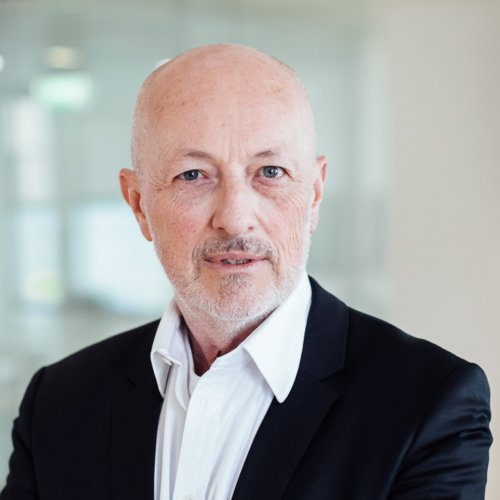
Bernard Gilly, Ph.D., a Co-Founder of GenSight Biologics, has served as its Chief Executive Officer since its founding. From creation through to 2016, Dr. Gilly served as Chairman of the board of directors. From 2011 through 2014, he served as Chief Executive Officer at Pixium Vision, and from which date, he has served as nonexecutive Chairman of the board of directors. In addition, he currently serves on the boards of Prophesee S.A. — formerly Chronocam — and Gecko Biomedical.
From 2005 to 2009, he founded and was Chairman and Chief Executive Officer of Fovea Pharmaceuticals S.A., or Fovea, a privately funded biotech company, which was later acquired by Sanofi. He then became Senior Vice President of the Ophthalmology Division of Sanofi and served in that role until March 2012.
In this exclusive 2,925 word interview with the Wall Street Transcript, Dr. Bernard Gilly explains the development of his company’s innovative therapies:
“GenSight Biologics is a Paris-based biotechnology company specializing in the development of gene therapy approaches to treat neurodegenerative diseases. We started by focusing on two diseases of the retina: One is called Leber hereditary optic neuropathy, or LHON, and the second one is called retinitis pigmentosa. And the reason why we choose to go for the retina is that the retina is in fact the visible part of our brain.
The retina is a small neural tissue that paves the back of our eye globe, and this is where the first steps of vision are happening, which means that this is where the light is being transformed into an electric signal. And this electric signal is in turn sent to the brain by the retina.”
The process is proprietary:
“…We have invented a process by which, instead of trying to insert the mitochondrion gene into the mitochondrion, we in fact insert the mitochondrion gene in the nucleus of the cell.
There, this mitochondrion DNA is translated into mitochondrion RNA and the messenger RNA by a proprietary sequence that we are adding, and it is then shuttled to the mitochondria, and the protein is internalized inside the mitochondria. This process that we call mitochondrion targeting sequence is proprietary to GenSight and the basis of our GS010 development.
We have an adeno-associated virus vector — AAV — that transports the gene that is defective in LHON called ND4 into the nucleus of the retinal ganglion cells where it will produce the messenger RNA for ND4. So the ND4 protein will be rightly shuttled into the mitochondrion of the retinal ganglion cells and will prevent their degeneration.
We have run various in vitro and in vivo models of this; now, we are largely advanced and have completed a first Phase III.”
Get the full results of the recent treatment trials from GenSight and the future growth potential by reading the entire 2,925 word interview in the Wall Street Transcript.
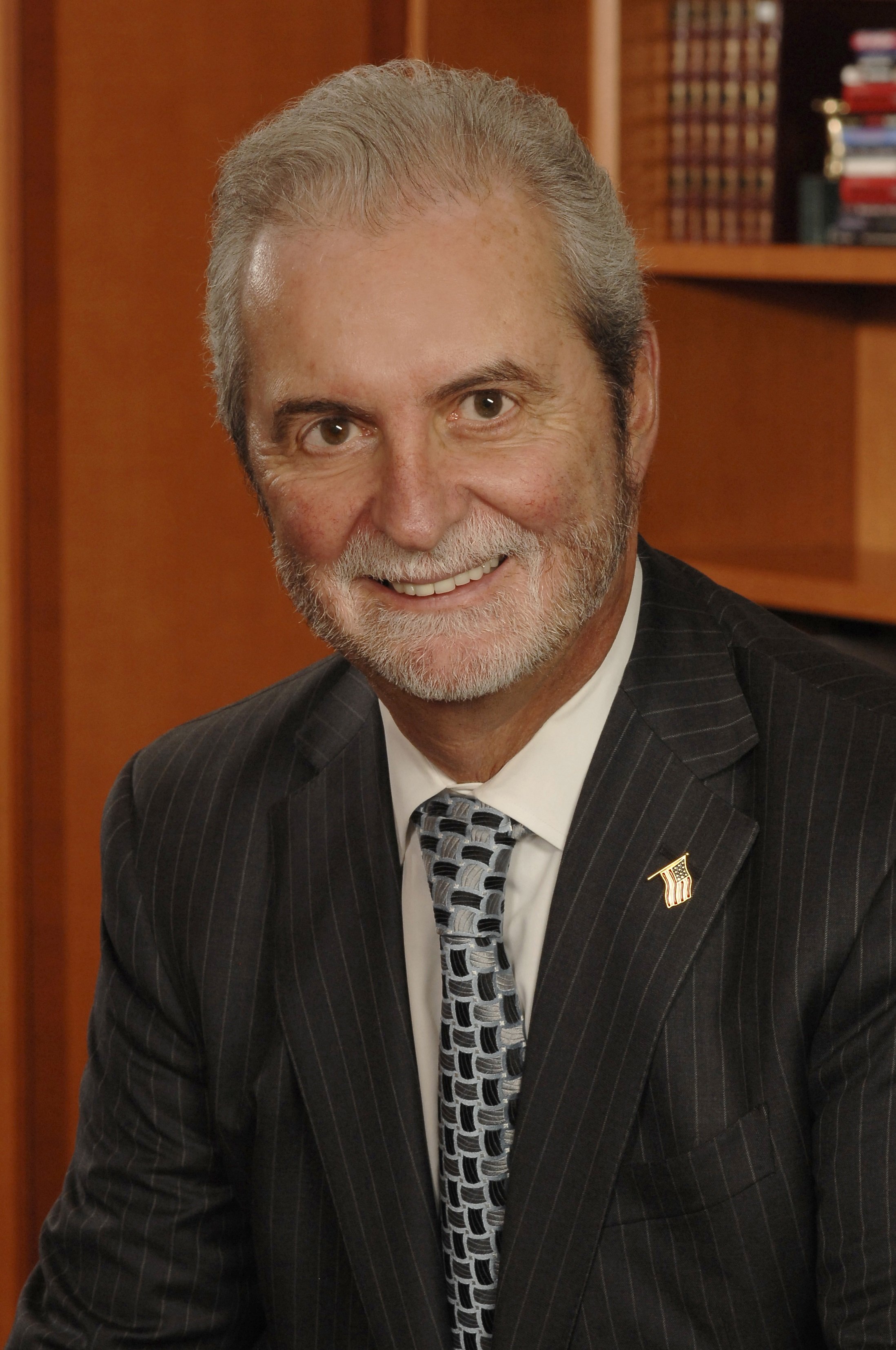
John P. Calamos Sr. is Chairman and Global CIO of Calamos Investments, a firm he founded in 1977. With origins as an institutional convertible bond manager, the firm has grown into a global asset management firm. Mr. Calamos has established research and investment processes centered around a team-based approach designed to deliver superior risk-adjusted performance over full market cycles.
With 49 years of industry experience, Mr. Calamos is often quoted as an authority on risk-managed investment strategies, markets and the economy, and he has authored two books on convertible securities. Mr. Calamos received his B.A. in economics and an MBA in finance from the Illinois Institute of Technology. He joined the United States Air Force after graduation where he served as a combat pilot during the Vietnam War and ultimately earned the rank of Major.
In this exclusive 3,521 word interview with the Wall Street Transcript, this award winning 50 year veteran of the equity markets details the investment process for convertible bonds.
“They need capital. When they issue a convertible, they’re getting access to capital and because they’ve given the holder of the convertible the right to convert to the underlying common stock, they’re able to lower the coupon. So the trade-off is, you — the buyer — get a lower coupon. But now, you have the right to convert to the underlying common stock at your option whenever you want.
Basically, you have some of the equity upside, and because it’s a bond, you have the downside protection of the bond. So you get that upside versus downside. Because they issue it with an option, there is a premium. If the stock price is X, the premium might be around 20% to 30% above that. And the way we look at the convertible, it gives you the upside of the equity market, but it gives you protection on the downside.”
The upside is provided by the growth potential for the specific issuers:
“from the point of view of the biotech area, issuing convertibles is very interesting. They have ideas there; they need capital to execute. So we’ll see them do it — BioMarin Pharmaceutical (NASDAQ:BMRN), Allscripts Healthcare (NASDAQ:MDRX). There are interesting companies on the health care side that are utilizing convertible securities.”
Get the full detail on the John Calamos investment process in this 3,521 word interview in the Wall Street Transcript.
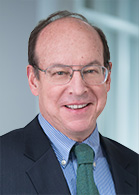
Frederick L. Weiss, CFA, is a Senior Investment Manager and leads the research efforts of CIBC Private Wealth Management’s investment team. Mr. Weiss is also co-manager of the firm’s Mid-Cap Growth Equity Strategy, where he is responsible for researching the technology and health care sectors of the market.
He came to the firm in 1989 from Adams, Harkness & Hill, where he was a vice president and senior analyst covering the technology and health care sectors. Mr. Weiss earned a Bachelor of Arts magna cum laude from Harvard College and a Master of Business Administration with honors from the Harvard Business School.
In this exclusive 3,432 word interview with the Wall Street Transcript, Mr. Weiss details his investment process.
“The goal is to find great companies and keep on making sure that we have that discipline in finding really high-quality companies, because if you go in and you buy high-quality companies, a lot of times, the Street is interested more in what the next quarter is, what the next two quarters are. And you can find companies that over three or four or five years are going to compound at a much higher rate than the short-term focus on current business and climate.”
Health care investing is a big focus:
“…The big trends in health care that we have been focusing on are two. One is innovation, where you look for companies with breakthrough opportunities. One of the big areas we’re investing in, in this space, is medical devices, where there’s a new technology that’s been out there, but it’s still middle of the way through its product life cycle, is percutaneous valves, where you put in a new heart valve without cracking the chest open.”
“The other major innovation area that we’ve been investing in is immuno-oncology, which is basically helping your immune system fight the cancer rather than chemotherapy…”
Get all the investing management details in this 3,432 word interview in the Wall Street Transcript.
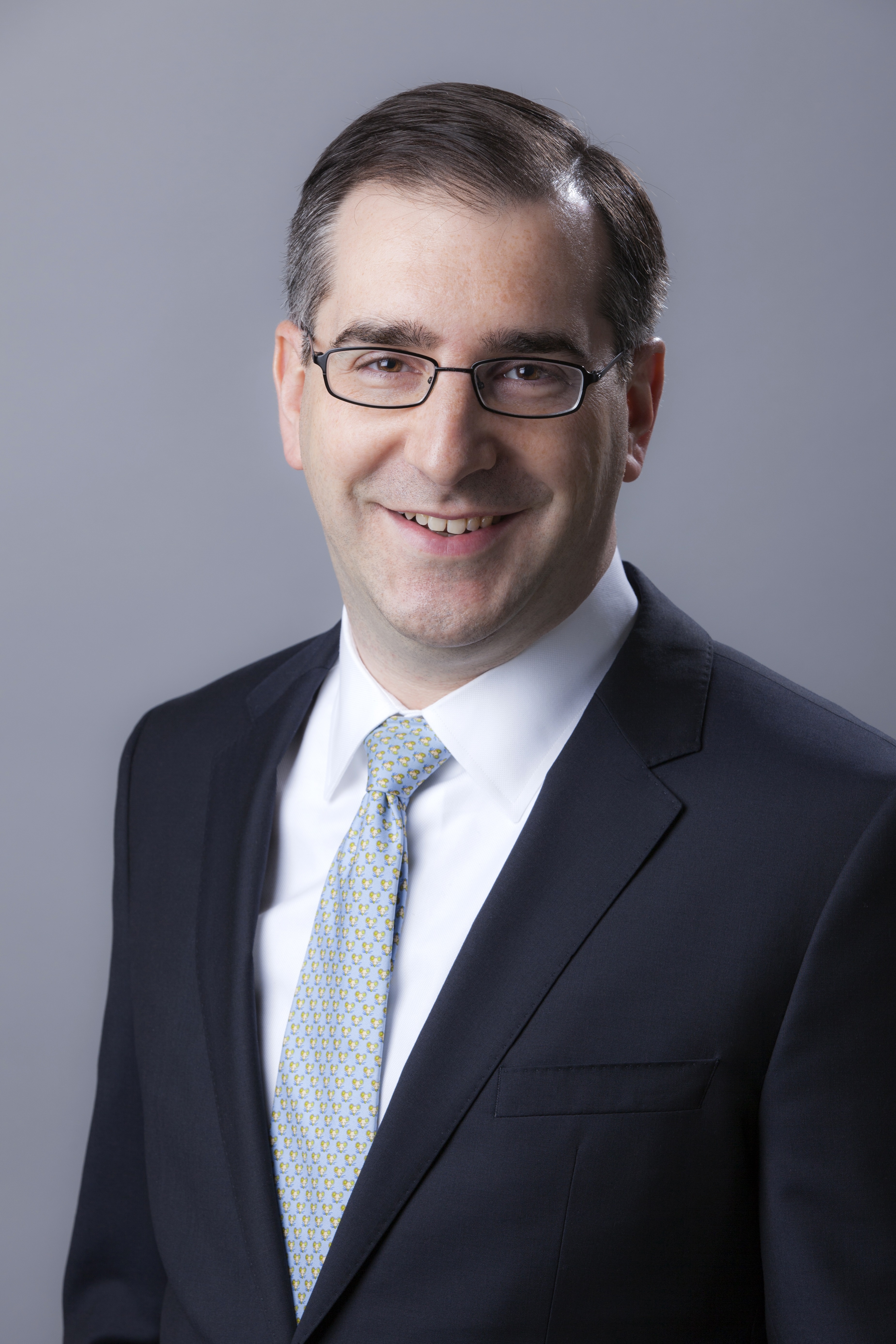
John J. Flynn is Principal and Portfolio Manager at Pzena Investment Management. Mr. Flynn is a co-portfolio manager for the U.S. small-, mid- and large-cap value strategies. Mr. Flynn also serves as a co-portfolio manager for the Pzena Mid Cap Value Fund and the Pzena Small Cap Value Fund. In this capacity, he is part of the team responsible for the day-to-day management of these mutual fund portfolios.
Mr. Flynn became a member of the firm in 2005. Prior to joining Pzena Investment Management, Mr. Flynn was an associate at Weston Presidio, a middle-market private equity investment firm. He earned a B.A. in music from Yale University and an MBA with distinction from Harvard Business School.
The Pzena Investment Management portfolio constuction philosophy is detailed in this exclusive 4,027 word interview with the Wall Street Transcript.
As portfolio manager, John Flynn makes sure the investment process remains disciplined:
“Our process is really designed to take the emotion out of the investing process. So when you go and look for a good business that’s trading at a discount to what you think it’s worth, pretty much always there’s a problem and pretty much always it’s something that people don’t want to touch.
And so by taking the emotion out of that process and systematically identifying and researching these opportunities, it allows us to really go to where the most compelling opportunities are.”
His analysts dig deep into the companies that are cheapest relative to earnings and cash flow:
“We go through the cheapest opportunities, and we assign them to the analysts based on their industry coverage. The analysts are then tasked with completing what we call an initial review and answering three basic questions: What does this company do; how does it make money? What happened — so why is the stock cheap? And finally, what do we have to believe in order to get comfortable with this investment?”
Get the top recommendations and their full detail in this 4,027 word interview with John J. Flynn, Principal and Portfolio Manager at Pzena Investment Management.
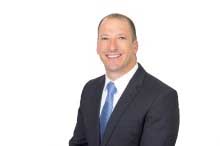
Joe Miller, CPA, is Chief Financial Officer of Cerecor Inc. Mr. Miller brings over 20 years of experience and a wealth of financial knowledge as a senior executive with extensive hands-on experience in managing financial operations and supporting enterprise growth across the health sciences, biotech and pharmaceutical sectors.
In his previous role at Sucampo Pharmaceuticals, he was responsible for building out the finance organization to effectively support the company’s rapid growth, ultimately resulting in the $1.2 billion merger with Mallinckrodt in early 2018.
This 2,902 word exclusive interview with the Wall Street Transcript details the turnaround plan for Cerecor.
“The company went public in 2015. Following the IPO, the company had two negative data readouts within its R&D pipeline, ultimately resulting in the termination of two clinical trials. Currently, the company was at a crossroads of what steps to take next with their existing pipeline.
The first step in the transformation was the sale of one of its leading assets, CERC-501, to Janssen Pharmaceuticals for approximately $25 million. It was during this phase that Armistice Capital came in and began reinvesting in the company.
Throughout 2017, the company implemented a long-term strategic plan to transform the company from a neurology-based R&D-focused organization into a commercially capable biotech organization.”
This turnaround from disaster is achieving quick results:
“We initially put out guidance in a range of $16 million to $18 million in commercial revenues for 2018. In connection with our Q2 earnings release, we increased our full-year revenue guidance to the range of $17 million to $19 million.
For the first half of the year, we were trending in excess of our initial revenue target that we set and have, therefore, upped our guidance on the revenue side accordingly. In addition, we also guided to the investor base that we would be EBITDA-positive by the end of the FY18. We are trending to meet our EBITDA-positive goal as well.”
Read the entire 2,902 word exclusive interview in the Wall Street Transcript.
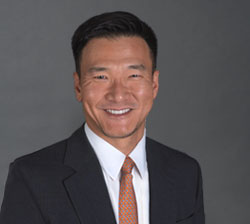
Richard Chin, M.D., is Founder and Chief Executive Officer of Kindred Biosciences, Inc. Dr. Richard Chin is a Harvard-trained physician and a former Rhodes Scholar with a track record of almost a dozen drug approvals and over 50 INDs. Dr. Chin has developed several drugs for immune diseases, including Lucentis, Xolair, Tysabri and Rituxan.
These products have yielded over $10 billion in sales per year. Previously, Dr. Chin was Head of Clinical Research for the Biotherapeutics Unit at Genentech, where he oversaw Genentech’s drug development programs; Senior VP of Global Development at Elan; CEO of Oxigene, a Nasdaq-listed biotechnology company; and CEO of OneWorld Health, a Gates Foundation-funded nonprofit developing drugs for impoverished patients in developing countries. In 2006, BusinessWeek named Dr. Chin one of 99 youngest public company CEOs in the United States.
In his exclusive 2,869 word interview with the Wall Street Transcript, Dr. Chin details his company’s upside for investors in the near future.
“Over the coming years, once the plant reaches maximum capacity, we expect to have enough manufacturing capacity for our deep pipeline. It is quite large. The reasons why we are doing this are several.
One is that the technology is so new in the veterinary space; there really aren’t companies out there that can do contract manufacturing for us.
And number two, this is a pretty complicated undertaking, and we have a highly experienced biologics team. We believe that we can do this more efficiently than anybody else, so it makes sense for us to do it in-house and have this significant cost-of-goods advantage.”
Dr. Chin enjoys a robust risk reward ratio on his drug development investments:
“I was on the human development side for a long time. And on the human side, it costs about $1 billion to develop a drug, and a blockbuster generates revenues of about $1 billion a year.
For Kindred Biosciences, the cost is about $5 million to $8 million. So literally about 100 to 200 times less, but the blockbusters generate about $100 million in annual revenues. So at one-100th the cost, we can access markets that are one-tenth the size. The ROI for every dollar is really attractive, so that is why we want to keep on investing in R&D.”
Get the complete detail on the upside for Kindred Biosciences from its CEO Dr. Richard Chin.

Robert Forrester, LL.B., is President and Chief Executive Officer of Verastem, Inc. Mr. Forrester has 18 years of experience as the CEO, COO or CFO of both private and public life science companies with Verastem Oncology; Forma Therapeutics; CombinatoRx (NASDAQ:CRXX), now ZLCS; and Coley (NASDAQ:COLY), which was acquired by Pfizer.
Mr. Forrester was a managing director of the Proprietary Investment Group at MeesPierson, part of the Fortis Group, investing in life science companies. Prior to MeesPierson, Mr. Forrester worked for the investment banks BZW — now Barclays Capital — and UBS, in the corporate finance groups undertaking M&A, and public and private finance transactions. Mr. Forrester started his career as a lawyer with Clifford Chance in London and Singapore.
In this exclusive 2,867 word interview with the Wall Street Transcript, Robert Forrester explains the upside for his company.
“In the U.S., the bigger of the two markets is the CLL/SLL market where almost 200,000 patients have these diseases. These are diseases of aging, so the average patient with CLL is probably in the early 70s.
It is a big problem in that it is a chronic indolent lymphoma and incurable. These patients are generally living with this disease for the rest of their lives. Follicular lymphoma is slightly smaller with about 141,000 patients in the U.S. living with this disease.
Every year, there are probably around 10,000 to 20,000 or more patients getting each of these tumors.”
The novel action of the new therapy is a potential breakthrough:
“Chemotherapy, as we all know, is a sort of chemical poison that goes after rapidly dividing cells and has a lot of activity but also a lot of toxicity, and so it is very hard to tolerate.
This new wave of targeted therapies, including duvelisib, is targeted at the B cells and also the tumor microenvironment, so we are modulating the immune system. Duvelisib has a dual action, which is why this drug is a novel PI3K delta and gamma inhibitor.
It is really important because we are targeting both the B cells and also that tumor microenvironment, so there is direct killing of the B cells but also affecting the environment the tumor is residing in and making it hostile to the tumor as opposed to hospitable to the tumor.”
Read the entire 2,867 word interview in the Wall Street Transcript interview with the CEO of Verastem to get the complete details.
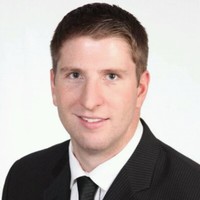
Steven Seedhouse, Ph.D., is Biotech Research Analyst at Raymond James Financial, Inc. Dr. Seedhouse has been a biotech equity research analyst or associate since 2015 at various firms.
In this exclusive 4,014 word interview in the Wall Street Transcript, Dr. Seedhouse handicaps the coming wave of NASH treatment Phase III trials.
He joined Raymond James in March 2018. Prior to his career in equity research, Dr. Seedhouse completed a Ph.D. in pharmacology from Roswell Park Cancer Institute in Buffalo, New York, and holds an M.S. in medicinal chemistry from SUNY Buffalo.
“The largest focus for me right now is NASH. The reason for that, especially as you think about the next 12 months, is that, number one, this is an unmet need as most people would typically define it, in that there are no therapeutics approved specifically for NASH, despite the fact that no matter where you look, you can find estimates ranging from 10 million to 20 million people affected by this condition in the United States.
It is likely that the number of people affected by NASH is growing because it is associated with obesity, and the first stimulus for the disease is really fat accumulating in the liver.
Secondly, as you look at the next 12 months, the first Phase III data readouts for the most advanced drugs to treat NASH are coming out, with the first ones for Gilead in the first half of 2019. They have two Phase III trials called STELLAR-3 and STELLAR-4 for the drug selonsertib.
This is an ASK1 inhibitor, and these trials are enrolling patients with fibrosis stage 3 and stage 4 respectively in NASH. Those data readouts are coming in Q2 2019 and Q1 2019 respectively.
The second data readout in the first half of 2019 is from Intercept for the drug Ocaliva that is treating patients with F2 and F3 NASH, so stage 2 and stage 3 fibrotic NASH. We have assigned probabilities of success…”
Read the entire 4,014 word interview in the Wall Street Transcript.
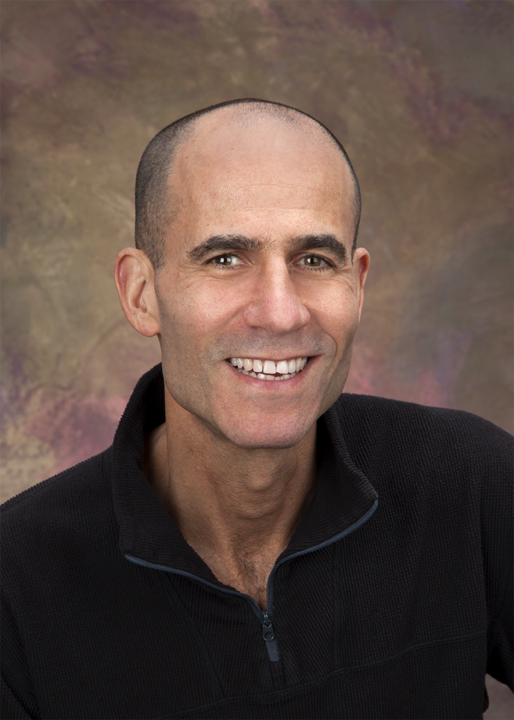
Terry Rosen, Ph.D., is the Chief Executive Officer of Arcus Biosciences. Dr. Rosen has been leading successful drug discovery and development organizations in the biotechnology and pharmaceutical industries for over 30 years. In 2015, he co-founded Arcus Biosciences, a drug discovery company focused on the treatment of cancer by blocking tumor-induced immunosuppression.
Previously, he was Co-Founder and CEO of Flexus Biosciences, a company created to develop small molecule drugs to reverse tumor immunosuppression, which was acquired by Bristol-Myers Squibb early in 2015 for $1.25 billion including milestones. Prior to Flexus, Dr. Rosen served as Vice President, Therapeutic Discovery at Amgen and as the site head for Amgen South San Francisco, having joined Amgen with the acquisition of Tularik in 2004.
Prior to joining Amgen, Dr. Rosen held several executive positions at Tularik as well as scientific and management positions at Pfizer and Abbott Laboratories. Dr. Rosen serves on the Salk Institute board of trustees, the scientific advisory board of the University of Michigan Life Sciences Institute, the Berkeley Foundation board of trustees, the Caltech Biology and Bioengineering chair’s council and the board of the California Life Sciences Association.
In his exclusive 4,144 word interview with the Wall Street Transcript, Dr. Rosen details the potential for enormous upside for his company.
“…With triple-negative breast cancer or ovarian cancer, the standard of care is a chemotherapy called Doxil. Doxil is a member of a class of chemotherapeutics that are known as anthracyclines, which are known to kill tumor cells by immunogenic cell death…
What we’re looking to do is to combine Doxil with AB928, which will block the effects of the large amount of adenosine that’s being produced so that the Doxil, and of course the immune system, can do a better job of attacking the cancer.”
Read the entire 4,144 word interview in the Wall Street Transcript and get the full pipeline and time to market for these important new therapies from Dr. Rosen.